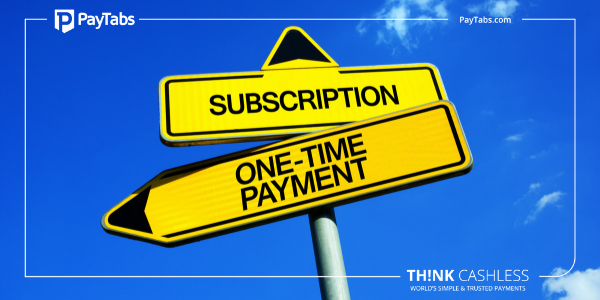Top Tips to Increase your Online Sales

Achieving strong top line by growing online sales is one of the biggest targets for any business. Whether you are running a small shop or a complex high profile enterprise, the optimal utilization of online channels may help you immensely in achieving this target. Here are some of the pointers which you need to pay attention to for ensuring that your revenue sees substantial upside.
- Boost Your Leads: Leads are simply the visitors to your website who have shown their interest in your offerings. The main characteristic of a lead is that they provide you with personal data, their contact details and their consent to send them more information. If you are looking to boost your online sales, then it is important that you fully utilize the leads available to you. Some of the most important methods for accumulating such leads are through email subscriptions, online contact forms or website registration. Whatever is the source of these leads, you can use these to achieve your target of higher sales. Further, the information collected through this route may also help you in your analytics program and aid the process of making more informed marketing strategies.
- Focus on Conversion Rate: While the exact definition of conversion rate would depend on the outcome you expect, but in this case it may be described as the number of visitors to your website who actually end up purchasing the product or the service. So, while you should aim to increase the number of leads or visits to your page, you should also endeavor to convert such leads into actual revenue. This ratio will also help you determine the quality of website traffic generated by your marketing efforts. There are a number of actions you may take to improve the conversion rate. These actions include changing the layout of your website among other things.
- Control Your Bounce and Exit Rate: Analytics may help you in determining bounce and exit rate for your websites. Both these metrics point towards the existence of different issues with the shopping experience at your website. Bounce rate is the percentage of people who leave your site after visiting just one page while exit rate refers to the percentage of visitors leaving your website from a specific page, irrespective of the number of pages visited by them. Such bounce and exits are wasted opportunities which could have been converted into revenue with appropriate actions. It may be useful to undertake detailed analysis approach to unearth the reasons behind high bounce and exit rates.
- Simplify your Website: The design and layout of your website is an important factor which can have heavy impact on different metrics such as conversion rate and bounce rate. A large portion of such exits and bounces are due to confusing website layout and complicated processes. While it may seem counterintuitive, but providing relatively lesser options may help in keeping things simple for the visitors. It should also be ensured that the visitors are not required to follow complicated procedures for checking out and making payments. Simple website and checkout processes are vital for achieving high conversion rate as these are easier to navigate.
- Provide Call to Action: A Call to Action (CTA) is the element which urges the visitor to undertake a specific act or step. It may range from ‘Subscribe Now’ to ‘Buy Now’ appeal, depending upon the main aim of the business. However, in all such cases, the personalized Call to Action tends to bring about the best results. A customized CTA highlights the relevance of the product or service to the customers’ needs and therefore is more likely to be successful in achieving its target. It is important to avoid using jargons or generic CTA buttons. Such personalization may be done by changing the language or by modifying the content of the page.
These pointers are some of the most important steps you can take to enhance your online traffic and revenue. However, depending upon your business objectives, several other courses of actions may also be useful for you. The key is to identify and analyze the unique features relevant to your business and then work on them to hit higher targets.



